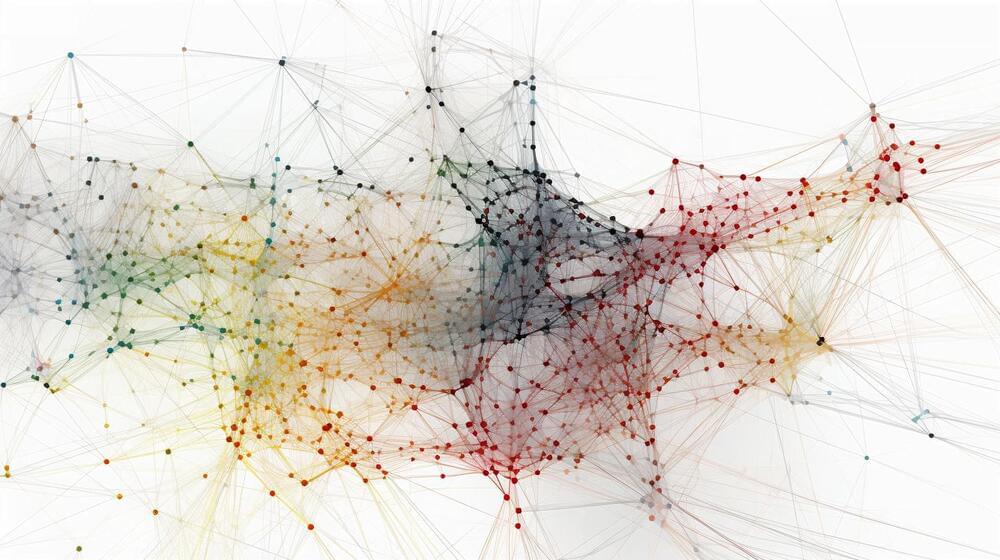Lucid Motors is planning new, affordable models with which to take on the Tesla Model 3 and Model Y. The American automaker recently entered an agreement to supply Aston Martin with electric powertrain components, but company CEO Peter Rawlinson is already focused on what comes next. Speaking with Auto Express, Rawlinson shared some interesting tidbits about future models — including rivals to Tesla’s Model 3 and Model Y.
Once the all-new Gravity SUV arrives in the second half of 2025, Lucid intends to hit Tesla where it hurts. “After Gravity, we’re going to do Model 3 and Model Y competitors. We think around $50,000, maybe $48,000 — something like that. It’s too early to say, but that’s the vision.”
This would bring Lucid ownership within reach of customers who can’t afford the $87,500 required to purchase the Air luxury sedan. When questioned about manufacturing right-hand drive vehicles, Rawlinson said Lucid would love to cater to more markets but is currently focused on getting the Air Sapphire to market.









